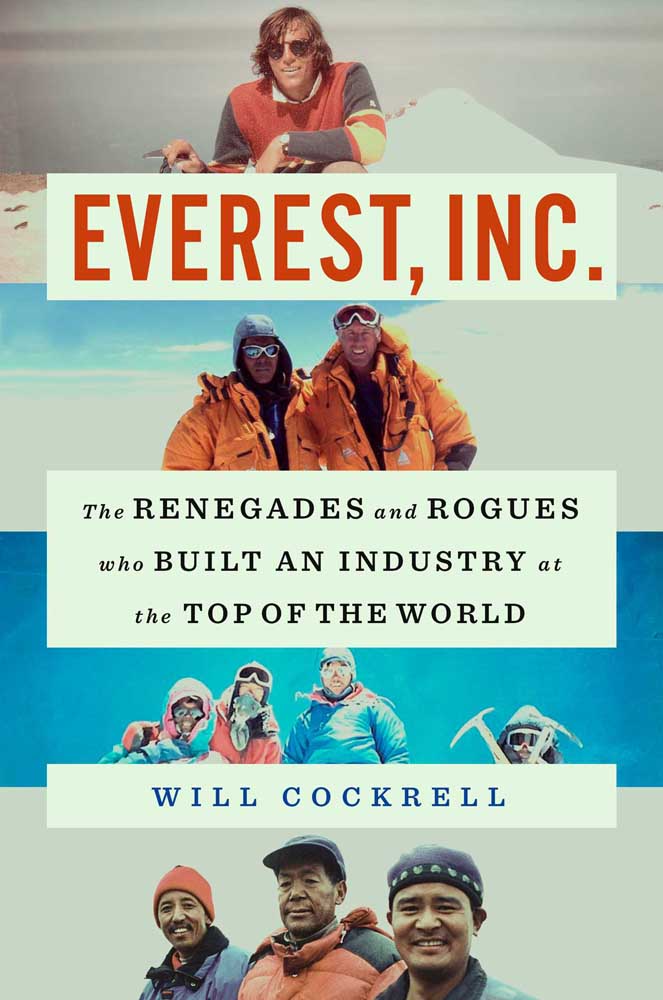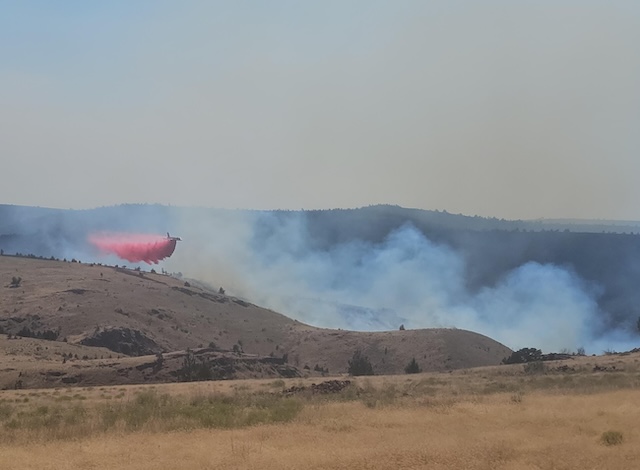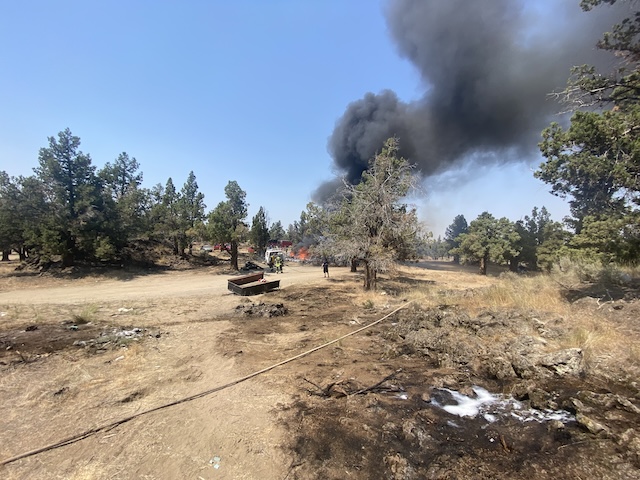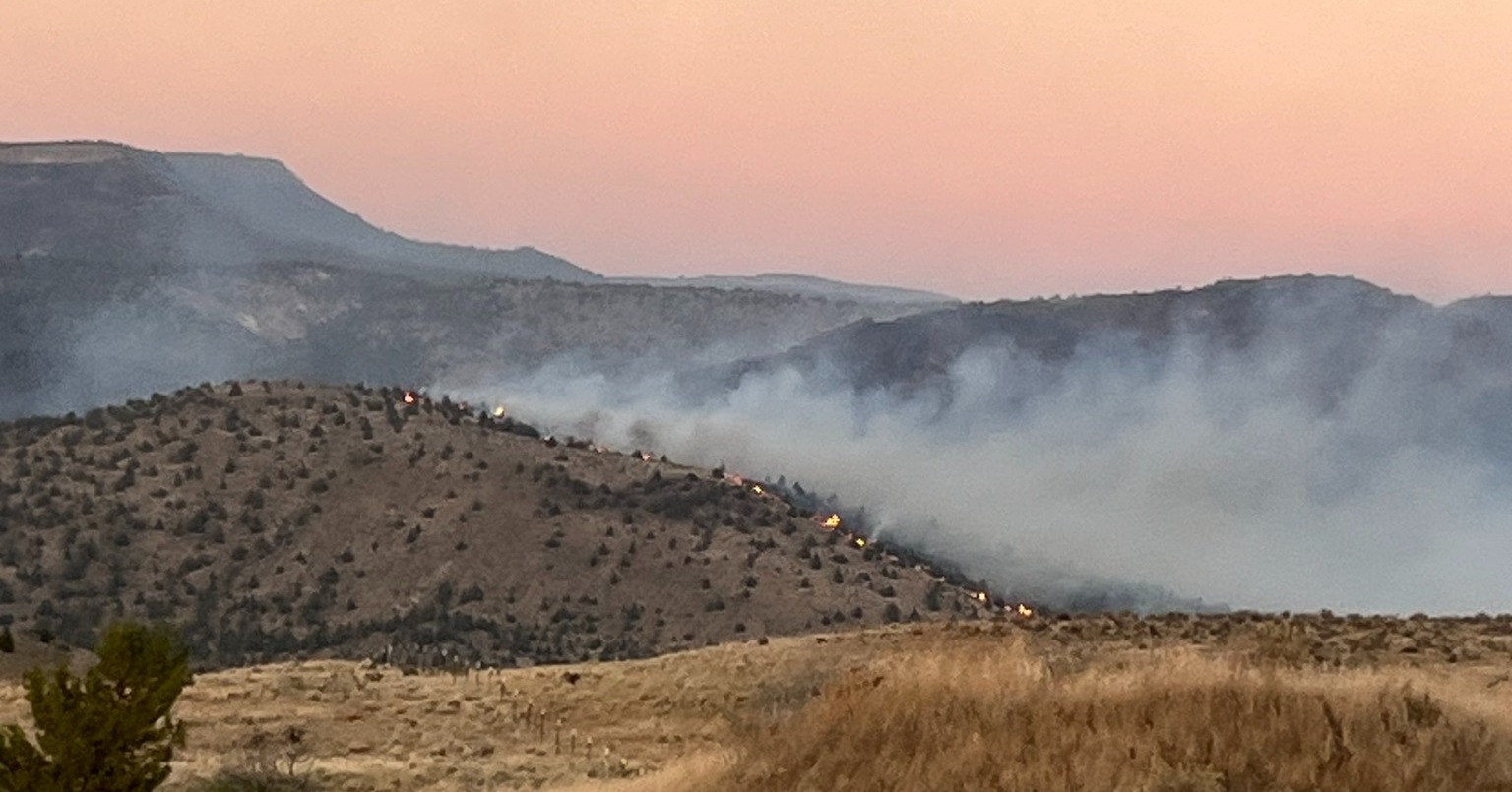Book review: How climbing Mount Everest turned into a business
Published 9:00 pm Friday, April 19, 2024

- Everest, Inc.
It’s hard to imagine how monumental Britain’s successful summit of Mount Everest was in 1953. Fourteen previous attempts — three major British ones alone between 1921 and 1924 — had failed to conquer the 29,035-foot-high peak. Expeditions were military in scale, requiring huge teams and tons of supplies. They were also intimately bound up with entrenched ideas of class. George Finch, one of the strongest mountaineers in the nation and a pioneer in the use of supplemental oxygen, who had made it to around 27,000 feet in 1922, was blocked from being part of the 1924 expedition because of his pedigree, or lack thereof.
“Everest, Inc.: The Renegades and Rogues Who Built an Industry at the Top of the World,” by Will Cockrell, tells the story of how those impossible and deadly heights have now been summited, according to one recent count, 11,966 times by 6,664 people. The vast majority of them are clients who pay upward of six figures for the privilege of being led up the mountain clutching prefixed rope handrails, breathing bottled oxygen cached by others, after several weeks of living in a sprawling base camp city of thousands in carpeted, heated and well-fed luxury. Some particularly high-end clients start acclimatizing weeks early in plastic bubbles delivered to their homes. Recent summiteers have included blind people, two 13-year-olds, septuagenarians and even double amputees.
Trending
Making Everest as easily purchased as a Caribbean cruise did not happen immediately. For years after 1953, the mountain remained a singular test of alpine skill and endurance. Jim Whittaker became the first American to summit in 1963; Reinhold Messner the first to summit without supplemental oxygen in 1978. In the early 1980s, two events coincided. Lou Whittaker, Jim’s twin brother, himself an elite climber and owner of a guiding service, decided to attempt Everest via a first ascent of the North Wall, a new and difficult route. And a rich, middle-aged Texan named Dick Bass, creator of Snowbird Ski Resort, hatched an idea to climb the highest peak on each of the seven continents. Whittaker needed $180,000 to fund his expedition, and Bass agreed to pay for the entire thing — if he got to tag along. “It was the unlikeliest of alliances,” Cockrell writes. “No mountain guide had ever brought someone to Everest before, bearing explicit responsibility for that person’s success and safety.”
Bass reached the summit on his third try, in 1985 at the age of 55, thanks in large part to all the money he’d thrown at the endeavor. There was no unseeing it: This staggeringly difficult athletic feat that money could not buy was a commodity after all.
“Everest, Inc.” is an apt title, because the story it tells is ultimately a business one — how Western climbing guides turned Everest from a feat of will and ability into one of logistics. Technology made oxygen lighter and more reliable, with much higher flow rates, and the mountain’s fickle weather more predictable. Posher camps enabled weaker climbers more rest. In 1993 alone, more climbers reached the top in a season than in the 26 years after the first ascent.
Of course, death lurked. When Bass met Whittaker, more people had died trying to summit than had made it. The eight who perished during the 1996 season, an event exhaustively covered. “To the potential clients, the possibility of death was an opportunity for rebirth,” Cockrell writes. “All our trips filled up after [the 1996 deaths],” a guide told him. “I felt like I could sell a penny-size Everest rock for fifteen grand.”
Is all of this Everest access a good thing? As the author of a book about the guides and the guiding industry that brought this change, Cockrell doesn’t have much choice in answering; for him it’s a hard yes. It’s still the world’s highest mountain, after all, with all that entails — danger, effort, a profound experience (no matter how reduced) that takes weeks, a killer view. Why shouldn’t anyone get to experience that? But it’s hard not to look at those pictures of clients stacked on the side of the mountain in long lines, clutching their handrails, and not think: Gross. That something fundamental to exploration and adventure and the human experience of it has been lost, is lost; that the thing they’ve purchased is a thing so vastly different from its very idea as to render it meaningless.








